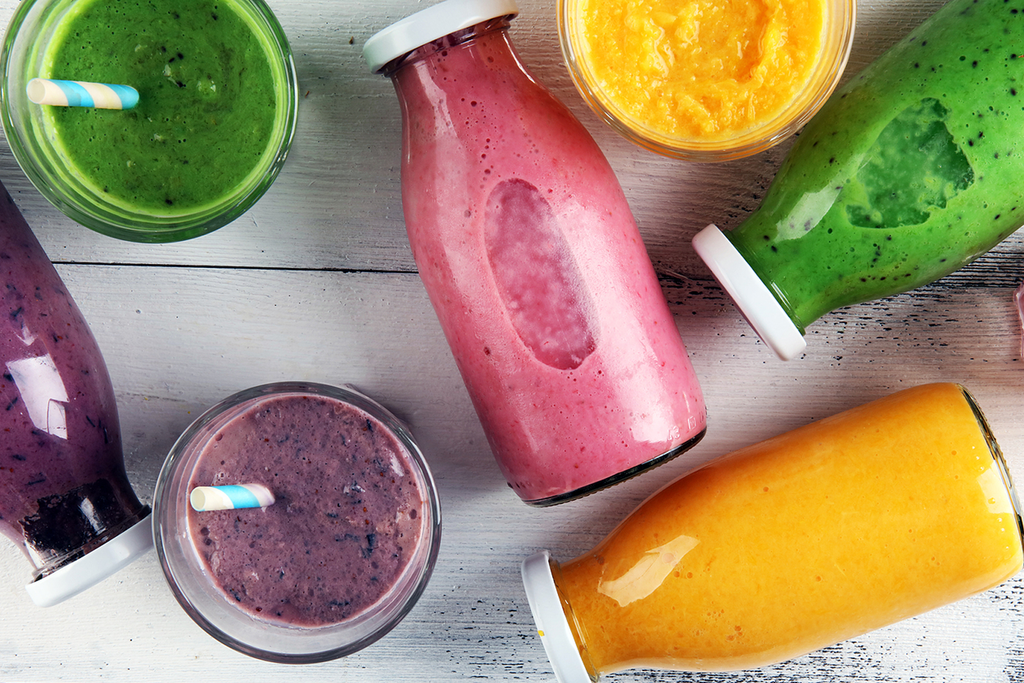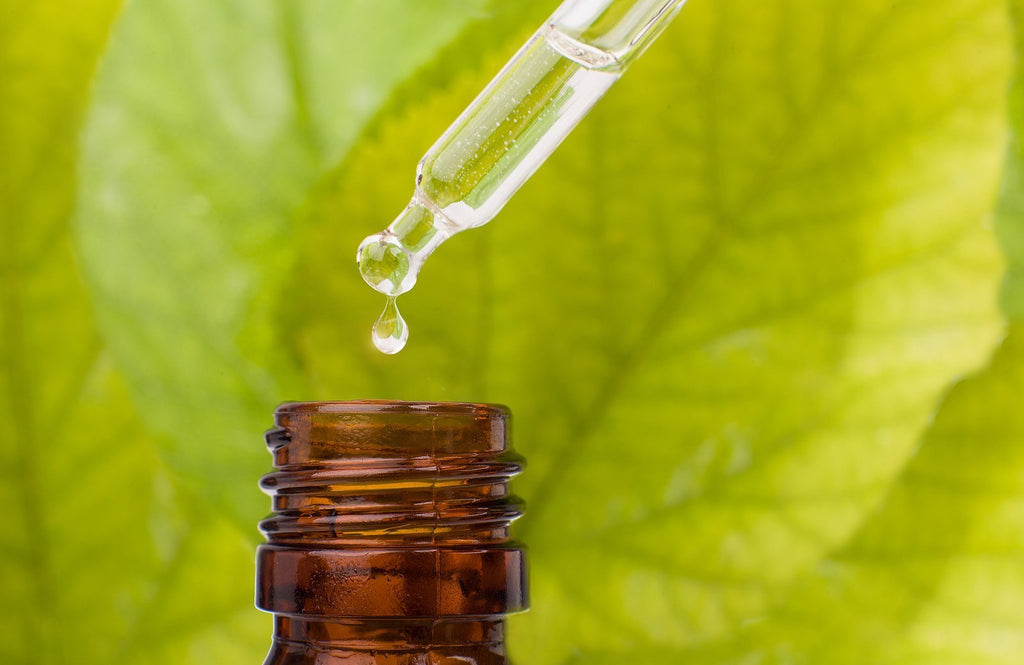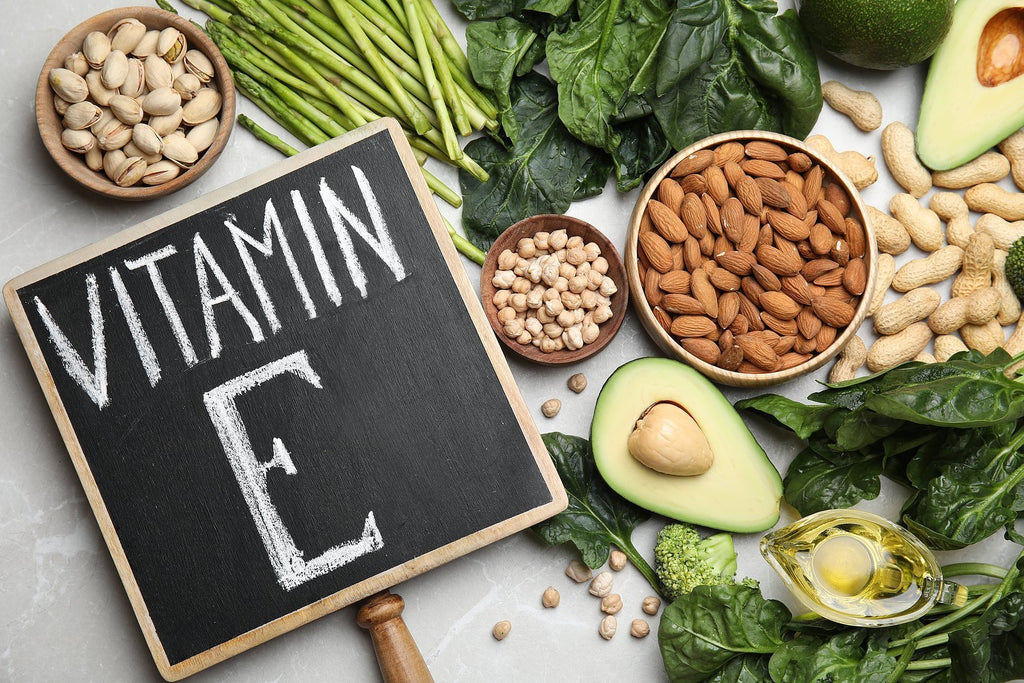How To Choose A Probiotic Supplement
A high quality probiotic is on the short list of products that I recommend for just about everybody… because the health of your gut matters far beyond your digestive system. It’s critical for your overall health. The better shape your gut and its bacteria are in, the less likely you are to develop diseases, and the more likely you are to live a longer, better life.
As Always, Diet Comes First
You can get some probiotics through your diet, especially by eating fermented foods and raw dairy products. Sadly, most people don’t eat fermented foods at all, while the dairy products they might eat are usually not organic and are likely pasteurized, which kills bacteria – including the good ones.
Some good probiotic sources are sauerkraut, kimchi pickles, natto, miso soup, kombucha tea, and kefir. If you don’t do well on dairy, more non-dairy kefirs keep showing up in grocery stores.
The Problem With Modern Life
Even if you’re getting probiotics in some of your food, there are so many aspects of modern living that damage your gut microbiome. Your microbiome is the collection of microorganisms that live in your gut. In a healthy state, most of them are supposed to be there. In an unhealthy state, like if your microbiome is damaged, the balance of healthy versus unhealthy microorganisms living there will be off. You’ll have too many of the bad ones and not enough of the good.
It doesn’t take much to disrupt your microbiome… a sugary meal, not enough sleep too many nights in a row, a round of antibiotics, or even skipping regular exercise.
What to Look for When Choosing a Probiotic Supplement
Always choose a reputable brand and look at the label. It will usually say “proprietary blend” and list which probiotic cultures are present.
Some probiotics specialize in boosting your health in certain ways, so you want several strands to get a wider range of benefits. Usually you want a supplement with at least five strains, or even rotate probiotics that contain different strains.
What strains should you look for? The key ones are:
- Lactobacillus acidophilus. Of the different strains of this, the best is DDS -1. It helps with digestive health and improves immune response.
- Lactobacillus caseihelps with immune response and serotonin levels. Remember the gut-brain connection – a healthy gut helps to maintain a healthy brain.
- Lactobacillus plantarumhelps reduce the chances of an overactive inflammatory response.
- Lactobacillus salivarius helps with immune response and overall gut health.
- Lactobacillus rhamnosus helps with weight management and cholesterol levels.
- Lactobacillus brevis also helps with immune response and inflammation.
- Bifidobacterium lactis helps with inflammatory response and allergies.
- Bifidobacterium longum helps your stress response.
- Bifidibacterium bifidum helps with blood sugar.
- Streptococcus thermophiles helps your skin, your immune system, and your microbiome overall.
CFU Count in Probiotics
CFU stands for colony-forming unit. This tells you how many live cultures are in a probiotic supplement. CFU is usually listed as a total count, but listing each individual strain is preferable.
Look for a total CFU that is at least 25 billion per serving. Although CFUs are supposed to be live organisms, they can decline between manufacturing and when they sit on the shelf. How probiotics are stored can dictate whether they’ll actually make it into your gut or not. So accept no less than a CFU of 25 billion – it gives you some room if some are lost between manufacturing and sale.
Choose Shelf Stability
Choose a probiotic supplement that’s shelf-stable and doesn’t require refrigeration. Some live cultures require refrigeration and this makes them vulnerable to being destroyed before they make it to your gut. When you consider all the likely stops between the manufacturing facility and the store – in trucks, warehouses, planes, container ships, or whatever – you won’t know if it’s been refrigerated properly all the way along that route.
Prebiotics vs Probiotics
Don’t get them confused. Prebiotics are a non-digestible plant fiber that feed the microorganisms in your gut so they can thrive. You won’t digest this material, but the microorganisms in your gut will consume it. Prebiotics occur naturally in foods like garlic, chicory root, asparagus, and banana.
More About Probiotics to Come
In my product Leaky Gut Support, I’ve included the best probiotics along with some less common but high quality prebiotic sources. These include arabinogalactan and Jerusalem artichoke extract. These prebiotics work with the probiotics in Leaky Gut Support to fully support your microbiome and in healing a damaged gut lining.
The topic of probiotics is so important that I’ll discuss it more in future videos and blogs. Until then, be sure to include foods in your diet that naturally provide probiotics and prebiotics. And use the best probiotic supplement you can find. It’s a key supplement that just about everybody should be taking.
"The benefits were immediate. The bloating, gas and discomfort were all gone after a week. A great product!!!"
Lulu Mikro | ⭐️⭐️⭐️⭐️⭐️
Leaky Gut Support
Sharing is Caring
Know Your Body - Know Your Health






